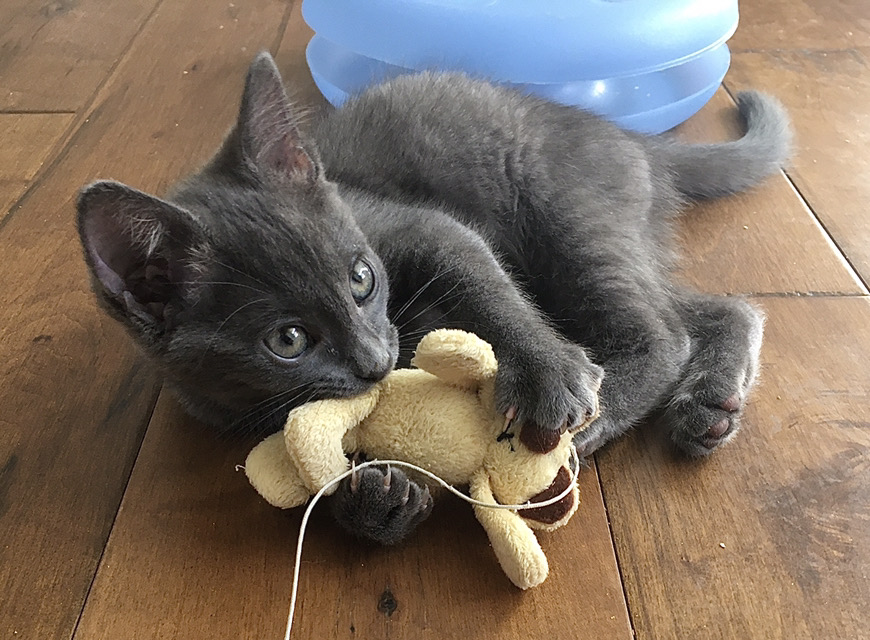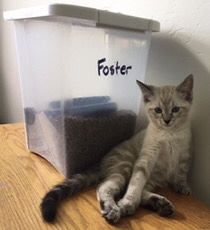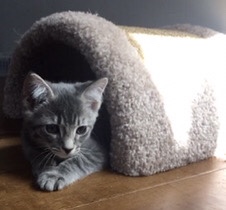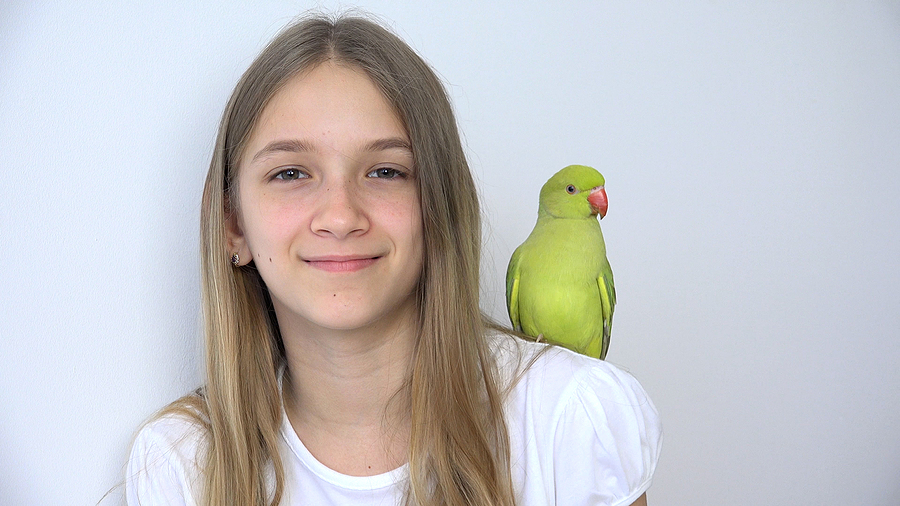
Then they acquire their new family member and find there is quite a bit to know about living with and caring for them, especially when it comes to dealing with common behaviors that are normal for psittacines but problematic for humans. They frequently turn to the internet for advice on how to “fix” these problems, which can include aggression to humans, vocalizing for attention, and self-mutilation such as feather picking.
As veterinary professionals, it is important that we understand how this species learns so we can educate owners accordingly at their first appointment. Living with a psittacine can be financially, emotionally, and mentally draining. Building a strong human-animal bond from the start is the best means to help create long-term homes for pet birds.
Learning is defined as a permanent change in the behavior of an animal after being exposed to a stimulus. Although changes may not be immediately apparent, they are real changes that will affect long-term behavior. It is important to communicate to clients that every interaction they have with their bird is a training session, whether they intend it that way or not. Any time a bird interacts with the environment, behaviors either increase, decrease, or become suppressed. Understanding this is crucial to communicating the best training and behavior recommendations based on science to clients with avian companions.
Increasing and Decreasing Likelihood of a Behavior
Operant conditioning is learning in which a behavior is affected by consequences. When a behavior is associated with something the bird wants, the behavior will strengthen. When a behavior is associated with something the bird finds aversive or dislikes, the behavior will weaken. There are four quadrants of learning common to all animals: positive reinforcement, negative reinforcement, positive punishment, and negative punishment.
These terms are unfortunately misused by clients and even some veterinary professionals. They are defined as follows:
- Positive (+): Adding something to the situation
- Negative (-): Eliminating something from the situation
The terms reinforcement and punishment are defined as follows:
- Reinforcement: strengthening a behavior
- Punishment: decreasing a behavior
Below is a table reviewing each definition with an example of each quadrant:
| Quadrant | Definition | Example |
| Positive Reinforcement | Addition of a stimulus to increase likelihood of a behavior or to strengthen a behavior | Presenting a finger and when the parrot steps up to station giving a treat. Adding a treat increases likelihood of the “step up” behavior. |
| Negative Reinforcement | Eliminating a stimulus to increase likelihood of a behavior or strengthen a behavior | An example of this is forcing a bird to step up by pushing a hand into the chest or prying toes off a perch. Eliminating pressure or discontinuing handling reinforces the behavior of stepping up to a perch. |
| Positive Punishment | Adding a stimulus to decrease likelihood of a behavior | A client’s cockatiel bites when a person reaches out to touch them. The client smacks them on the beak, adding an aversive situation to decrease the likelihood of the biting behavior. |
| Negative Punishment | Eliminating a stimulus to decrease likelihood of a behavior | A client’s macaw squawks for attention. The client turns their back to ignore the behavior. Taking away attention decreases likelihood of vocalization behavior. |
Positive reinforcement and negative punishment are the most humane ways to train most animals. However, negative punishment can induce frustration, increasing FAS, so it’s important to use it with caution. Force or aversive methods are not recommended and can damage the human-animal bond between clients and birds. These methods can also increase fear, anxiety, and stress and can create more aggression concerns. They should be avoided.
Breaking Down Unwanted Behaviors With the Problem-Solving Model
Dividing each behavior and problem is crucial in creating a plan to alter unwanted behaviors. There is no single way to handle any particular behavior. Using the problem-solving model, we can break down the Antecedent, Behavior, and the Consequence to evaluate the trigger and the true problem. The ABCs in the problem-solving model are defined as follows:
- Antecedent: stimuli, events, or conditions that immediately precede a behavior.
- Behavior: actual behavior caused by the antecedent.
- Consequence: stimuli, events, and conditions that occur after a behavior and influence probability of the behavior recurring.
For example: A client comes in and mentions that when their dog barks, the macaw (when out) will fly from her perch and chase the dog.
Breaking down this situation can be done as follows:
- Antecedent: Dog barking
- Behavior: Flying to chase dog
- Consequence: Dog discontinues barking
Now that the behavior is broken down, we can determine motivation for the unwanted response. With animals in general we can simplify things and say that behavior is either self-rewarding (i.e., would happen regardless of the owner’s presence) or human-reinforced. In the example above, this behavior is likely self-reinforced, as the macaw’s behavior results in the dog discontinuing the barking. After this, we can figure out how to solve the problem. Some things to consider:
- How to manage and prevent the situation from starting.
- What to teach the macaw to do that is incompatible with flying down to attack the dog?
- How to interrupt the behavior while it’s occurring.
- Foundation skills needed by the dog and the macaw to eliminate and modify this issue.
Breaking down one behavior takes time, expertise, and patience. No behavior can be fixed easily as each behavior has many layers. Encourage clients with birds to seek help from a skilled positive-reinforcement trainer, veterinary behaviorist, or veterinary behavior technician experienced with birds if any behavior problem is mentioned.
References:
Luescher, Andrew. Manual of Parrot Behavior. Blackwell Publishing. 2006
Shaw, Julie K. and Martin, Debbie. Canine and Feline Behavior for Veterinary Technicians and Nurses. Wiley & Sons, Inc. 2015.
Yeates, James. Companion Animal Care and Welfare: The UFAW Companion Animal Handbook. Wiley-Blackwell. 2019.
This article was reviewed/edited by board-certified veterinary behaviorist Dr. Kenneth Martin and/or veterinary technician specialist in behavior Debbie Martin, LVT.
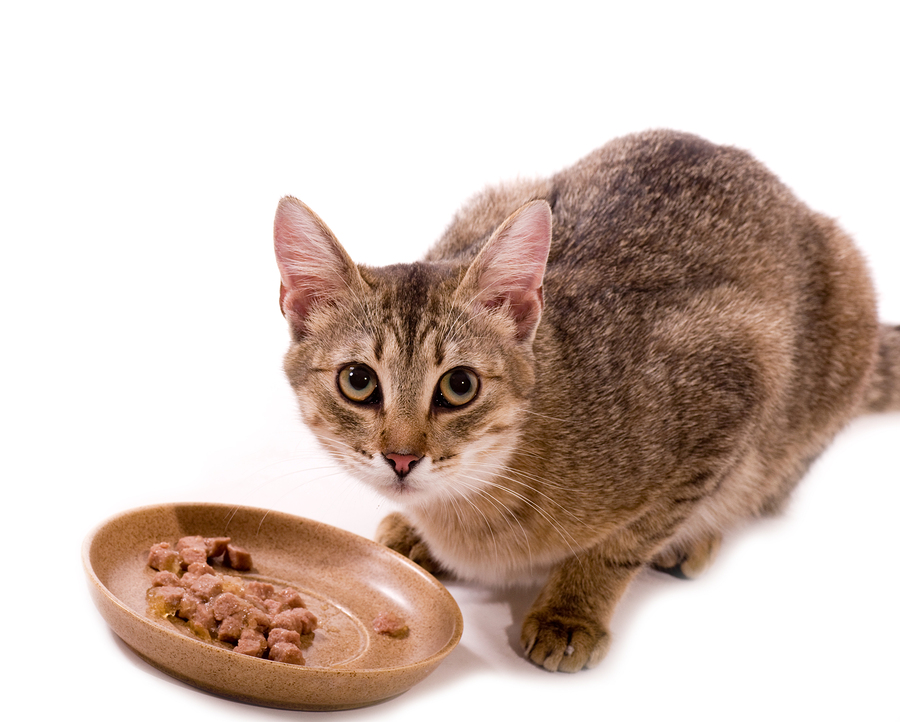
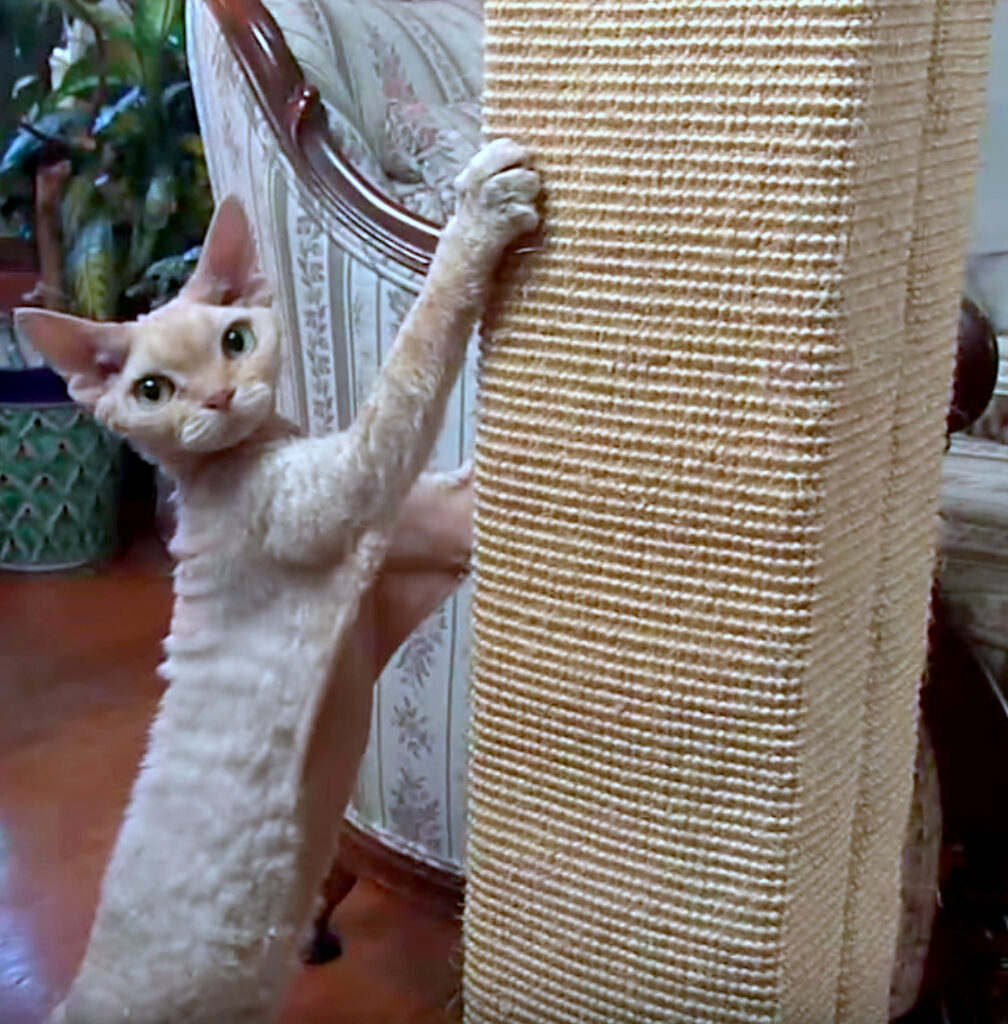
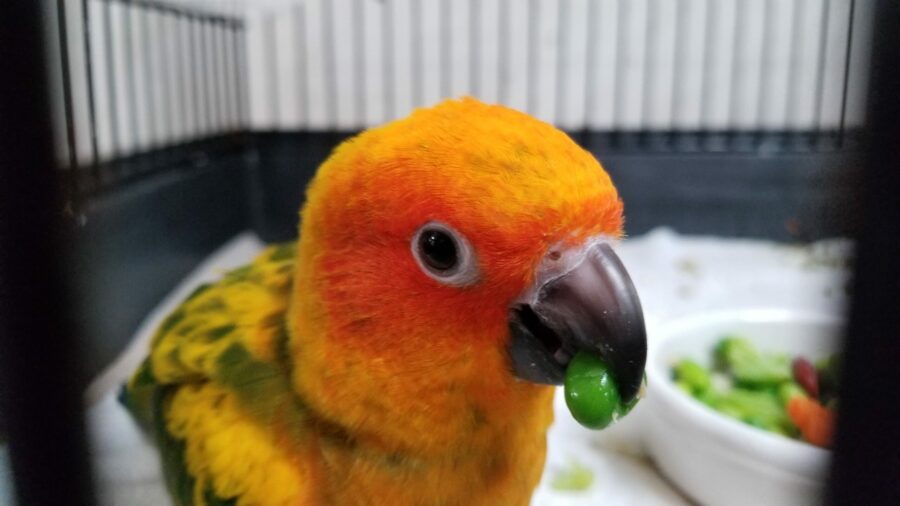
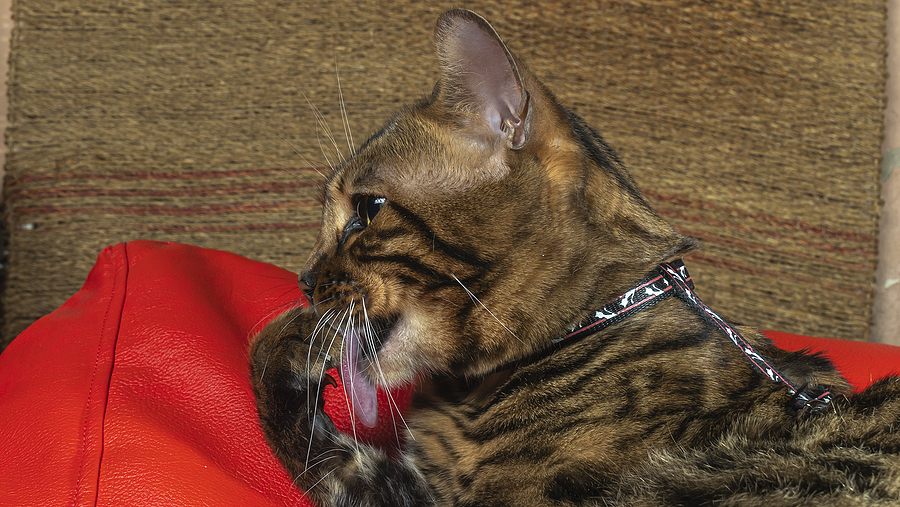


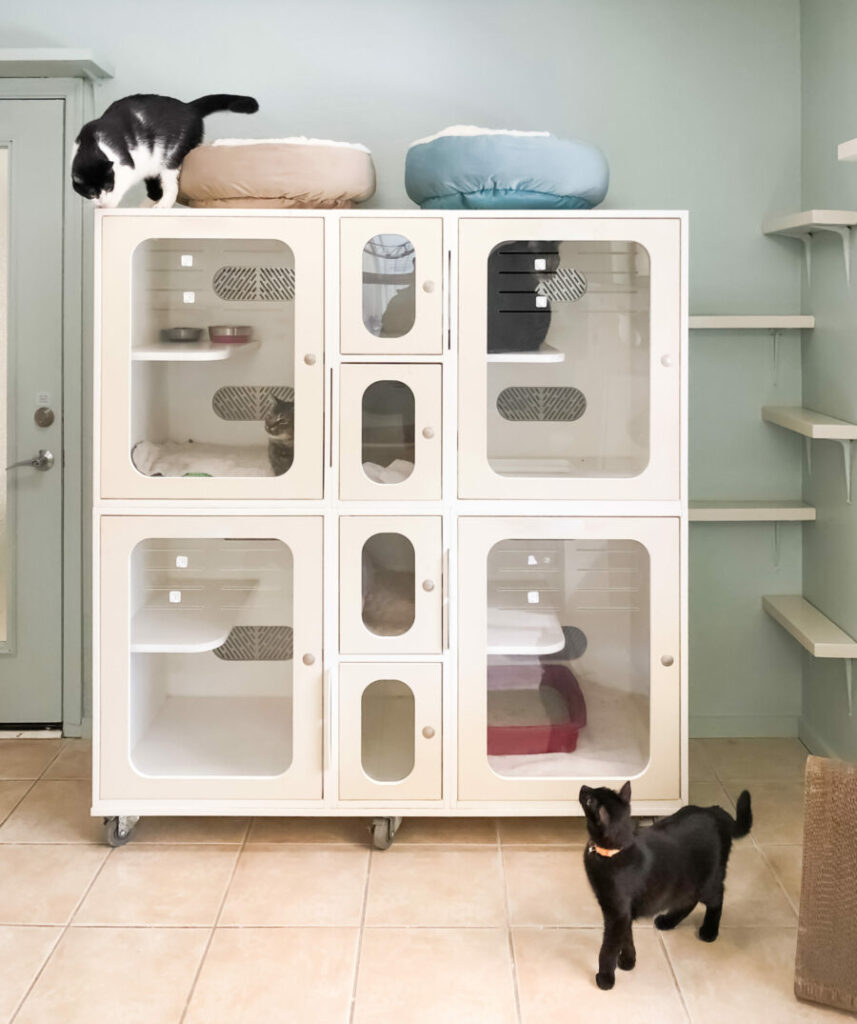
 “If you can see a cat being a cat – really climbing and scratching and playing and being a cat, not just hiding in a cage – you can picture that cat in your home,” she said. “You can get to know their personality better.”
“If you can see a cat being a cat – really climbing and scratching and playing and being a cat, not just hiding in a cage – you can picture that cat in your home,” she said. “You can get to know their personality better.”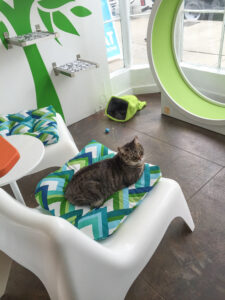
 If a shelter only has a closet that’s used for out-of-cage time and meet and greets, she says to avoid just putting a folding chair inside.
If a shelter only has a closet that’s used for out-of-cage time and meet and greets, she says to avoid just putting a folding chair inside.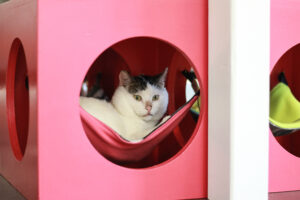 Often working with
Often working with 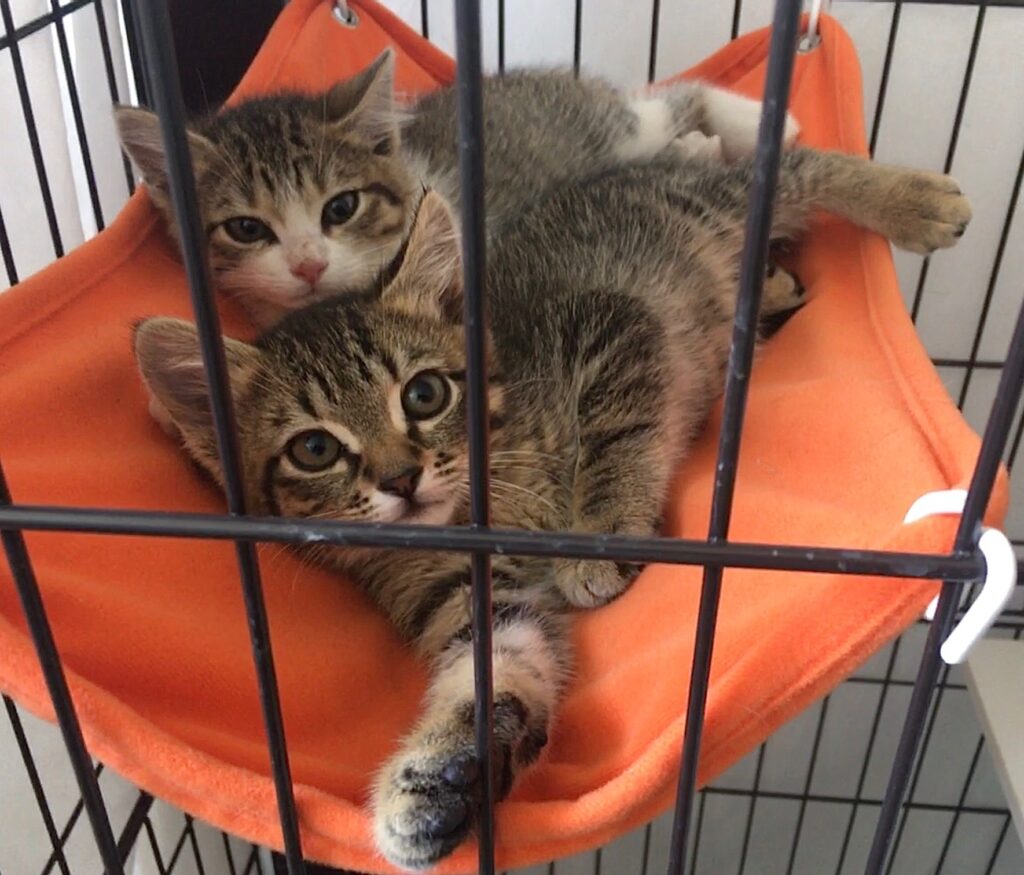
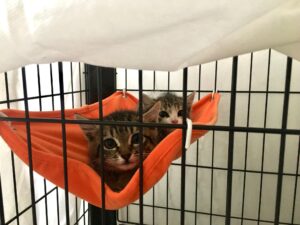 their crate and train them together. A more frightened kitten may see her bolder littermate getting treats and decide you’re not so bad after all. On the other hand, it may incite aggression between kittens so observe carefully to determine whether to train them together or separately.
their crate and train them together. A more frightened kitten may see her bolder littermate getting treats and decide you’re not so bad after all. On the other hand, it may incite aggression between kittens so observe carefully to determine whether to train them together or separately.